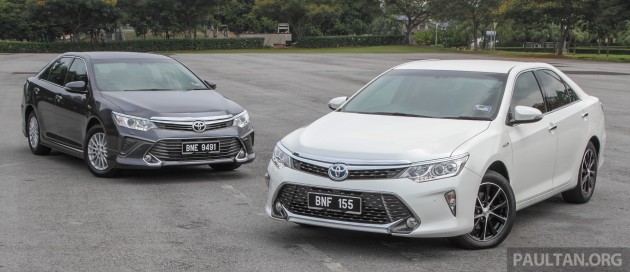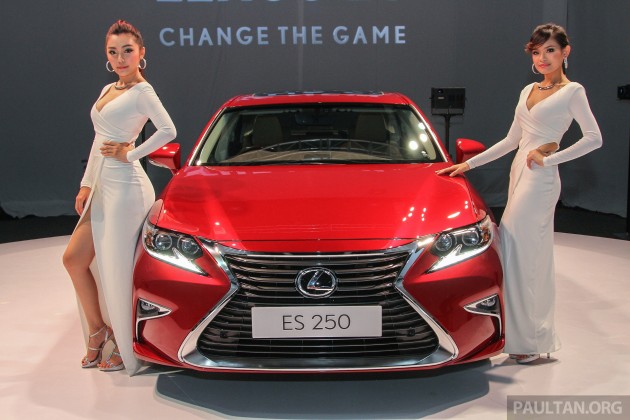UMW Toyota Motor (UMWT) has announced that the prices of Toyota and Lexus vehicles will go up from 4% to 16%. The price increase will only be effective from January 2016.
This move is due to the sharp depreciation of the Malaysian ringgit against the US dollar. Asia’s worst performing currency, the ringgit has fell by almost 20% to the greenback year-to-date. The US dollar is the world’s default trading currency.
UMWT says that it has “implemented strategic moves to protect the interest of its customers in the midst of the fluctuation of ringgit, and absorbed additional cost to a certain extent over the past months.” The company says that it has weighed all possible options, but has no choice but to pass on some cost to the consumers to offset rising input costs due to the forex situation.
“Since the beginning of this year, the fluctuation of the ringgit has impacted our business as some of our parts and components are imported, resulting in an increase in overall cost of production. We have implemented cost-efficiency measures and reviewed our operations across the supply chain to mitigate the weaker ringgit,” said UMWT president Datuk Ismet Suki.
“The company would have implemented necessary measures to minimise forex losses impact and address the fluctuation of ringgit if it dropped gradually. Unfortunately, the sudden and huge fluctuation of ringgit within a short period, has given great impact to our operations. Hence, the company will have to increase the prices of Toyota and Lexus vehicles effective January 2016. The increase is inevitable as there is no clear indication on when the ringgit will rebound.
“We have tried our level best to keep the price increase as minimal as possible. With the increase of our vehicle price, we could only recover partially, not 100% from the impact we have been absorbing. If the ringgit continues to slide in the near future, we may need to review our pricing structure again,” he added.
However, the UMWT head is optimistic that the impending price increase will not have a big impact on sales, and the company is on track to meet its business targets.
“We are facing challenging times but UMW Toyota is confident we can ride out the storm. We have strong fundamentals and a proven track record. I believe customers will continue to choose us and our vehicles as we deliver quality products and services that complement their lifestyles,” he said.
UMWT did not release any figures along with the statement, but expect the cheaper cars to have the smallest jump (eg. Vios 4%) and the costliest CBU models (eg. Alphard) to have the most significant impact. Announcing this move early could be clever strategy by UMWT that will give sales a boost in the final quarter, a period where carmakers traditionally dish out incentives to clear stock. Check out post-GST prices for Toyota and Lexus models.
Looking to sell your car? Sell it with Carro.
























AI-generated Summary ✨
Comments express frustration over Toyota and Lexus price hikes up to 16%, attributing the increases to the weakening Ringgit and currency fluctuations. Many believe UMW is raising prices to maintain profits amid economic challenges, with some criticizing the government’s role in protecting Proton and exacerbating the situation. Several comments highlight that other brands like Honda, Mazda, and Nissan are benefiting from the price increases, while some suggest the hikes may hurt sales or lead to industry closures. There’s skepticism about the effectiveness of discounts and concerns about profiteering, with a few users lamenting the overall economic impact and feeling that prices may continue rising regardless of currency stabilization. Overall, sentiments lean toward dissatisfaction and suspicion of profit-driven motives behind the pricing adjustments.